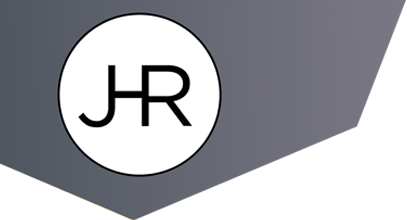We are often asked by our clients what type of rights they have while their trademark application is pending with the United States Patent and Trademark Office (USPTO).
The answer is that no additional rights are gained while a trademark application is pending with the USPTO. As such it is not possible to legally enforce trademark rights before a mark is officially registered.
The following is a brief overview of the protection you will and will not have while your application is being processed.
Common Law Rights
In the United States, a brand or business may acquire trademark rights based on “Common Law” by simply using their mark before anyone else in commerce. Having common law rights to a mark will of course give priority date advantage to the mark once an application is submitted, and allow the ability to oppose someone else’s application of a mark in the same class of goods on common law grounds even before your registration is officially approved with the USPTO.
Filing Date of an Application
In the United States, once an application is filed it establishes a constructive priority date for priority dispute purposes even before the mark is actually used in commerce. If the application is filed based on intent-to-use (ITU) in the US, an applicant must first submit a Statement of Use (SOU) or Amendment to Allege Use (AAU) illustrating use of the mark in commerce before registration is granted. The advantage then of filing an ITU application is that once the trademark registers, the earlier filing date could assist in enforcing trademark rights.
Symbols
The ™ symbol can be used once a mark is used. This puts competitors on notice that an application is pending and/or that there is intent to register the mark at some point in the future. It’s important to remember that the symbol for registered trademarks, which is ®, cannot be used until a trademark is officially registered.
Enforcement
The trademark process may take many months or several years in some cases and during that time you will not be able to enforce your trademark rights if you discover cases of infringement. However, once your mark is registered with the USPTO, you receive retroactive rights back to the original filing date. That means you can go after a person or business for their past actions of infringement once your mark is formally registered.
Still Have Questions?
Understanding how to protect your brand through each phase of the trademark process is critical. While you may not have full trademark rights while your application is pending, you may have common law rights or even rights that will eventually be retroactive that can help you stop others from infringing on your marks. It’s important to discuss all of your options and concerns with an experienced trademark attorney. If you still have questions after reading this post, we invite you to contact us at (888) 666-0062 to schedule an appointment.
DISCLAIMER: The information contained in this article is for informational purposes only and is not legal advice or a substitute for obtaining legal advice from an attorney.





